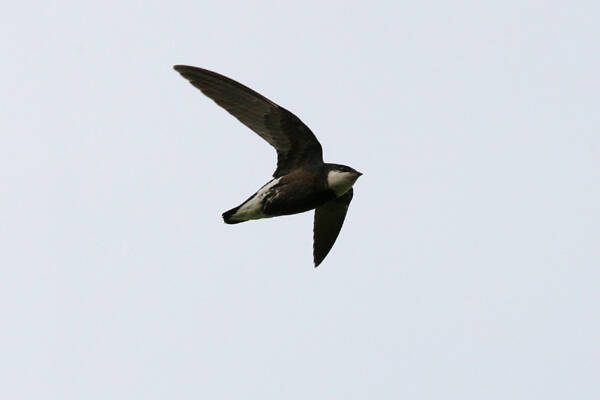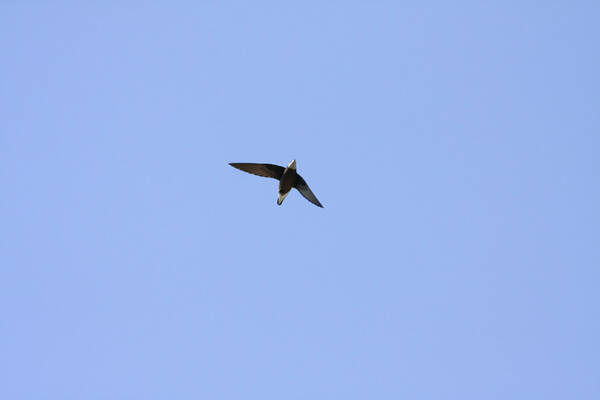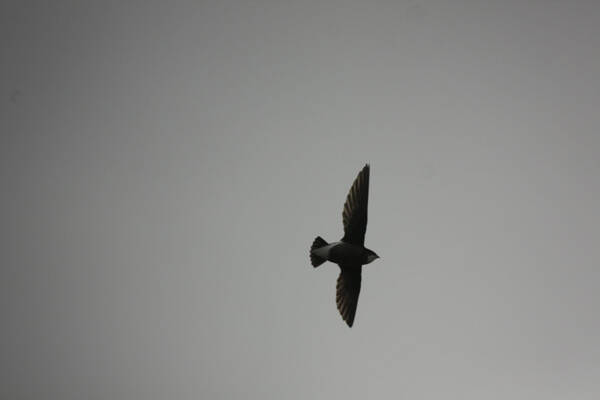White-throated Needletail
IUCN
LCBasic Information
Scientific classification
- name:White-throated Needletail
- Scientific Name:White-throated Needletail,Hirundapus caudacutus
- Outline:Climbing birds
- Family:Apodidae Apodidae P.Swift
Vital signs
- length:192-205mm
- Weight:110-150g
- lifetime:
Feature
The top of the head to the back of the neck is dark brown, and the chin and throat are white
Distribution and Habitat
In China, it breeds in southern Qinghai, southeastern and eastern Tibet, northern and western Sichuan and Yunnan, and northeastern China. It is found in North China, East China, South China, and Hainan Island during migration. There are resident bird groups on Taiwan Island. Abroad, it breeds in northern Asia and the Himalayas, and migrates south to Australia and New Zealand in winter.
It mainly inhabits open areas such as mountain forests and river valleys.
Appearance
It is large in size, with white chin and throat, white undertail coverts, small white tertiary flight feathers, brown back with silvery white saddle patches, and three distinct black and white segments on the underside, which are its main identification features. The iris is dark brown, the bill is black, and the feet are black.
Details
The White-throated Needle-tailed Swift is a bird of the genus Apodidae. It lives in high-altitude cold forests with many cliffs. It flies quickly over forests and ridges in groups. It is found in mixed groups with other swifts such as the White-rumped Swift abroad, and sometimes flies low over the water.

It often flies in groups over forests, especially in open river valleys in the forest. Sometimes it is seen flying alone or in pairs. It flies fast, sometimes rushing high into the sky, sometimes plummeting sharply, making a "whooshing" sound. It is one of the fastest flying species among birds. It mainly feeds on flying insects such as Diptera, ants, and Coleoptera. It hunts in the air, while flying, and sometimes flies low near the ground or water to hunt.

The white-throated needle-tailed swift is a summer migratory bird. It migrates in spring from April to May and migrates in autumn from September to October. The breeding season is from May to July. Nests in the cracks of overhanging rocks and tree holes. Each nest lays 2 to 6 eggs. The eggs are white and the size is 27.5 to 32.2 × 17.5 to 19.5 mm.

Listed in the 2012 Red List of Endangered Species of the World Conservation Union (IUCN) ver 3.1 - Least Concern (LC).
This species has been included in the "List of Terrestrial Wildlife with Important Economic and Scientific Research Value under State Protection" issued by the State Forestry Administration of China on August 1, 2000.








